These two affordable classics reveal ’80s America and Germany at their best
Car magazines and car TV shows are filled with the stuff of dreams. In fact, popular media would lead you to believe that our entire hobby is devoted to ultra-expensive rolling sculpture. Unfortunately, this emphasis on the rare and costly gives a skewed view of the hobby and can cause many enthusiasts to feel left out of the fun—or even think that affordable cars are unwelcome at car shows. Nothing could be further from the truth.
I have been fortunate to have a career in automobile design (currently with EV-maker Rivian) that has allowed me to collect the cars of my dreams, mostly from Rolls-Royce, Bentley, and Aston Martin. But that doesn’t mean I don’t also love many cars that can be bought for between $5000 and $10,000. Usually these less expensive machines deliver on the same key attributes we love about pricey collector cars—driving enjoyment, beauty, and the camaraderie found in car clubs or the local car scene.
I own two such affordable classics: a 1989 Pontiac 6000STE AWD and a 1990 Mercedes-Benz 300CE-24. An interesting thread connects these two cars with the others in my collection; each represents the best automotive thinking that was available from the countries that produced them at the time they were made.

There is no question that Mercedes-Benz made the most well-engineered cars of the 1970s, ’80s, and ’90s. The W124 line of midsize cars debuted in North America for 1986, the year of Mercedes-Benz’s 100th anniversary. They represented everything Mercedes had learned about building cars up to that point. They were superbly engineered, they exuded quality and refinement, and they were beautiful inside and out. I’d argue that no other car, before or after, had such a high degree of design cohesion between its interior and exterior. The same chiseled, geometric styling elements seen on its aerodynamic exterior were also found in the interior, such as the angled, planar dashboard, center console, and door panels.
North American variants of the W124 included a variety of silky smooth, inline-six-cylinder engines of varying displacements, and the 500E even featured a 5.0-liter V-8. Both four-speed and five-speed automatics were used in the W124, depending on the year, and a five-speed manual was available in the earliest cars.
The pillarless and perfectly proportioned 300CE was the ne plus ultra of the line. Looking at my 1990 example, I can hardly believe this car is now 32 years old and that the design itself is now nearly 37 years old. It is timeless.

The W124 perfectly represented Mercedes-Benz’s philosophy of luxury. It was about the luxury of having more safety, more reliability, and more finely honed build quality. They were not about more gadgets or more styling. The W124 gave you everything you needed and nothing you didn’t. The cars were very serious, very German.
You can still find a superb example of any of the three body styles (sedan, coupe, wagon) in the W124 lineup for under $10,000. And the driving experience still feels magnificent, even compared with today’s cars. On a nice summer day, the car you’ll probably see me driving the most is my $5000 Mercedes. It’s the perfect size, has the perfect level of performance, and the quality shines brightly, even at 215,000 miles. A W124 is a great way to own something special at a low cost, and the Mercedes-Benz Club of America is quite active, with a variety of events at local and national levels.
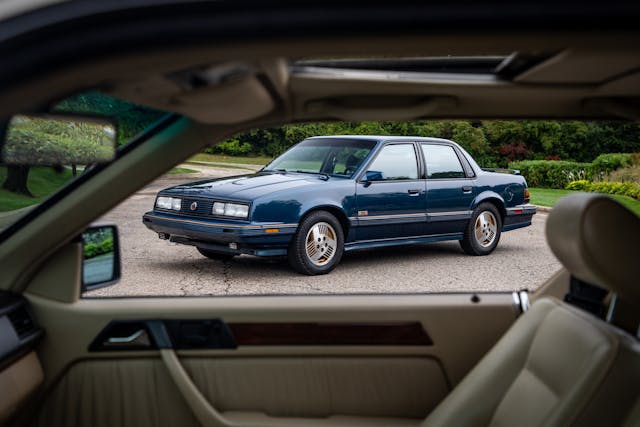
The Pontiac 6000STE (Special Touring Edition) appeared in 1982 as a 1983 model. It was GM’s first real attempt to emulate the sporty ride and handling attributes in a space-efficient package that defined the best mass-market sport sedans from Europe at the time, namely the Audi 5000 and BMW 528i. Although the 6000 shared its unremarkable-looking downsized bodywork with other GM A-body cars, its six headlights, two-tone paint, alloy wheels, and suede interior caused a sensation at its debut. The Pontiac was on the cover of every major car magazine, where it was favorably compared with the best from Europe. Few, if any, of those early examples survive in great condition.
My ’89 is a later, facelifted version, which lost some of the styling edge of the earlier car but gained one major improvement: optional all-wheel drive. Around 1300 cars were so equipped. The 6000 was the first General Motors passenger car to offer an AWD system, with an electromechanical center differential that could be locked with the touch of a button on the center console. Instead of a beam rear axle, it used a rear suspension that had a differential taken from the GMT400 pickup truck combined with a transverse composite single-leaf spring from the new-for-’88 GM10-based Pontiac Grand Prix. Power came from the well-known 3.1-liter 60-degree V-6, mated to a three-speed automatic transmission.

The 6000 faithfully expresses the design philosophy of the American car industry in that era, which was the opposite of the austere German outlook of the 300CE-24. Rather, the 6000 embodied the philosophy of luxury expressed as more stuff—not just more stuff, but more stuff you and your passengers could see and be impressed with. To that end, the 6000STE AWD was a true success. Within view of the driver are 72 Tic Tac–sized buttons to control everything a driver in 1989 could have wanted. The interior may be made of the lowest quality plastics, but the dashboard lighting, digital instrumentation, and the multitude of buttons gave the well-to-do 1980s buyer a feeling of excitement, as the Pontiac ads of the era so often reminded us.
It’s amazing to see the public’s reaction to the 6000STE AWD. I have rarely encountered a car that has drawn such positive reactions from enthusiasts at car shows and from passersby on the street. Nearly everybody had a relative who owned one, wanted one, was conceived in one, had their first date in one. It’s truly astounding to see how people—even non-car people—connect with their memories through this car.
With the growing popularity of the most interesting cars of the 1980s and ’90s, now is the time to find yourself an example of an inexpensive, fun car from this era.


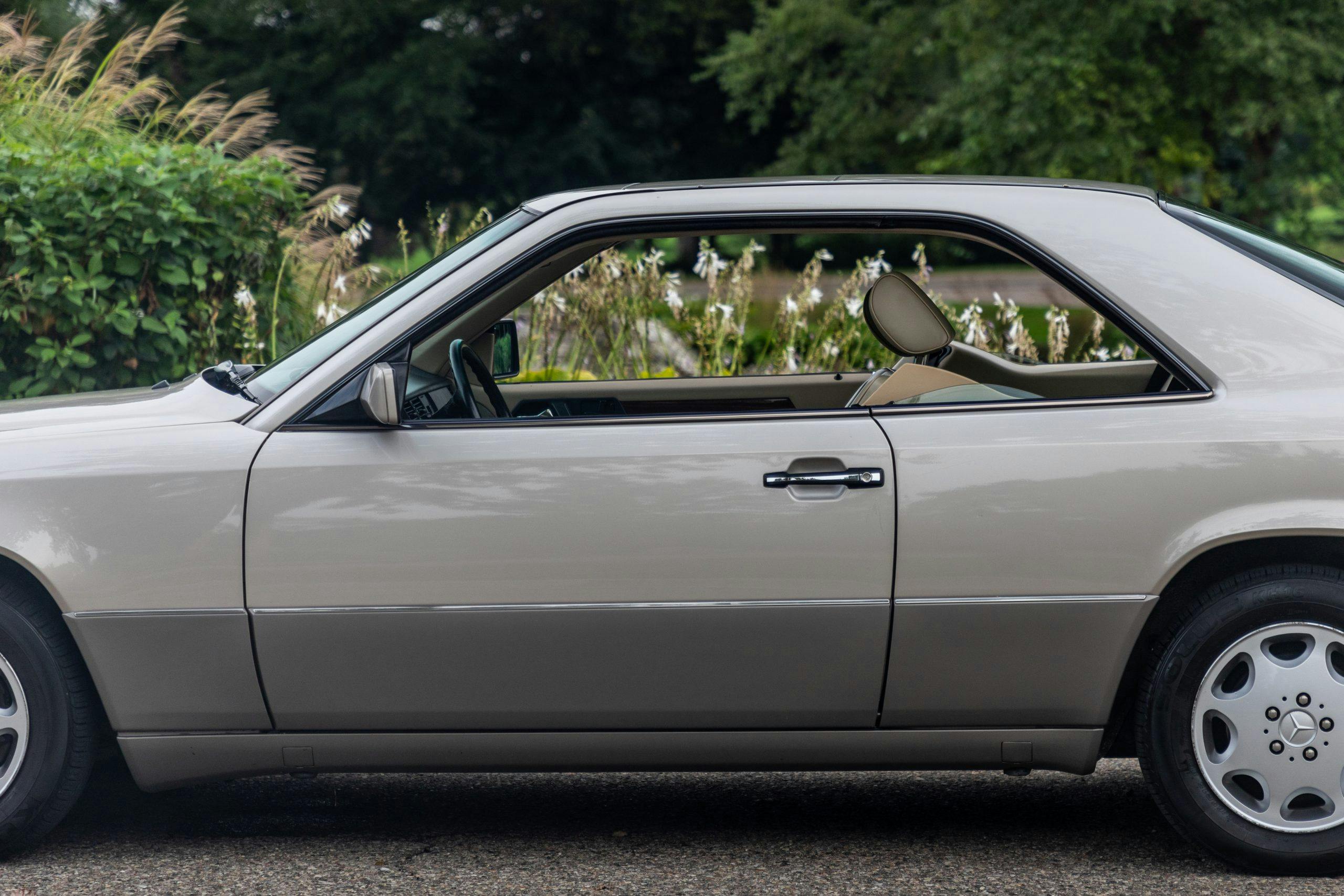
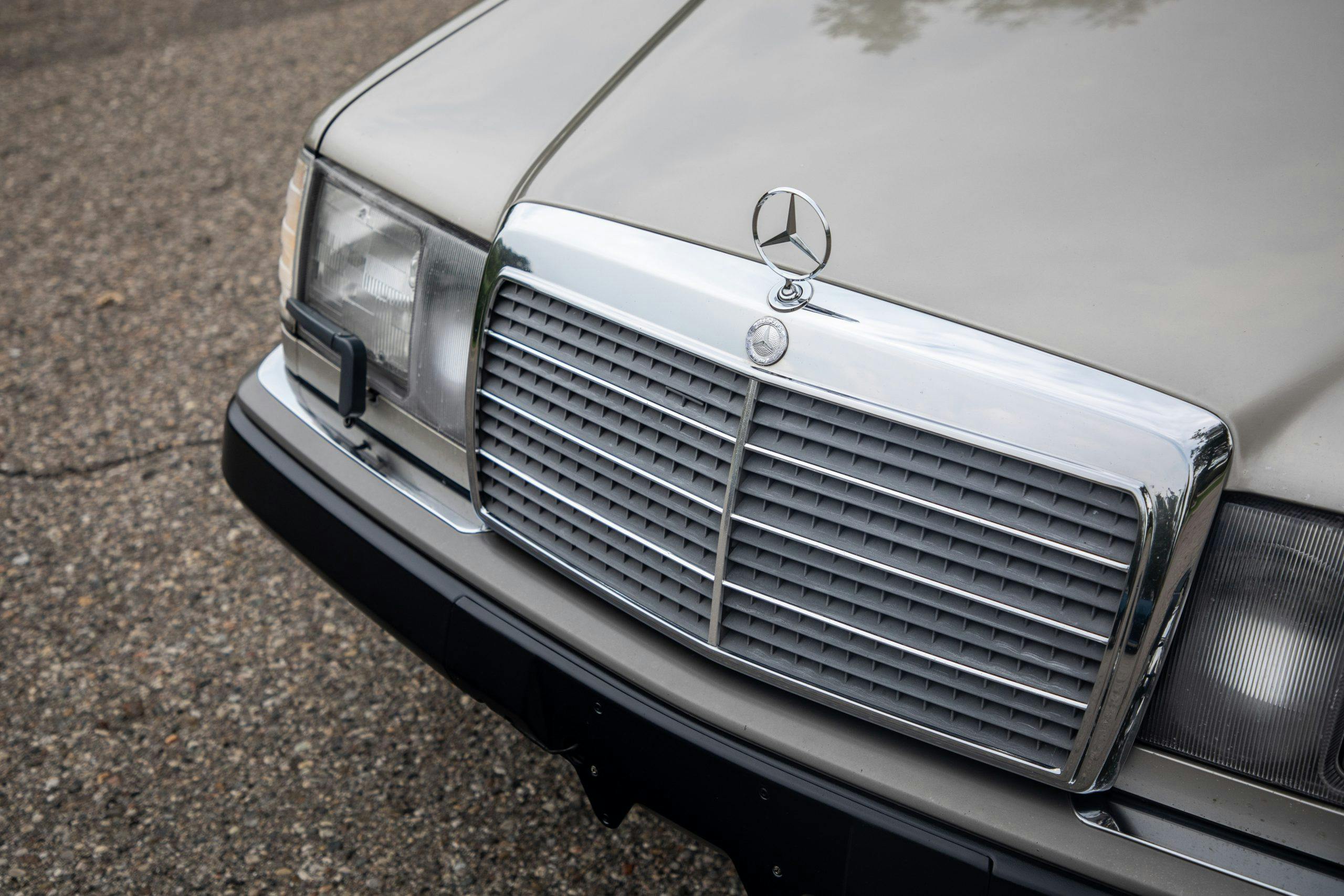
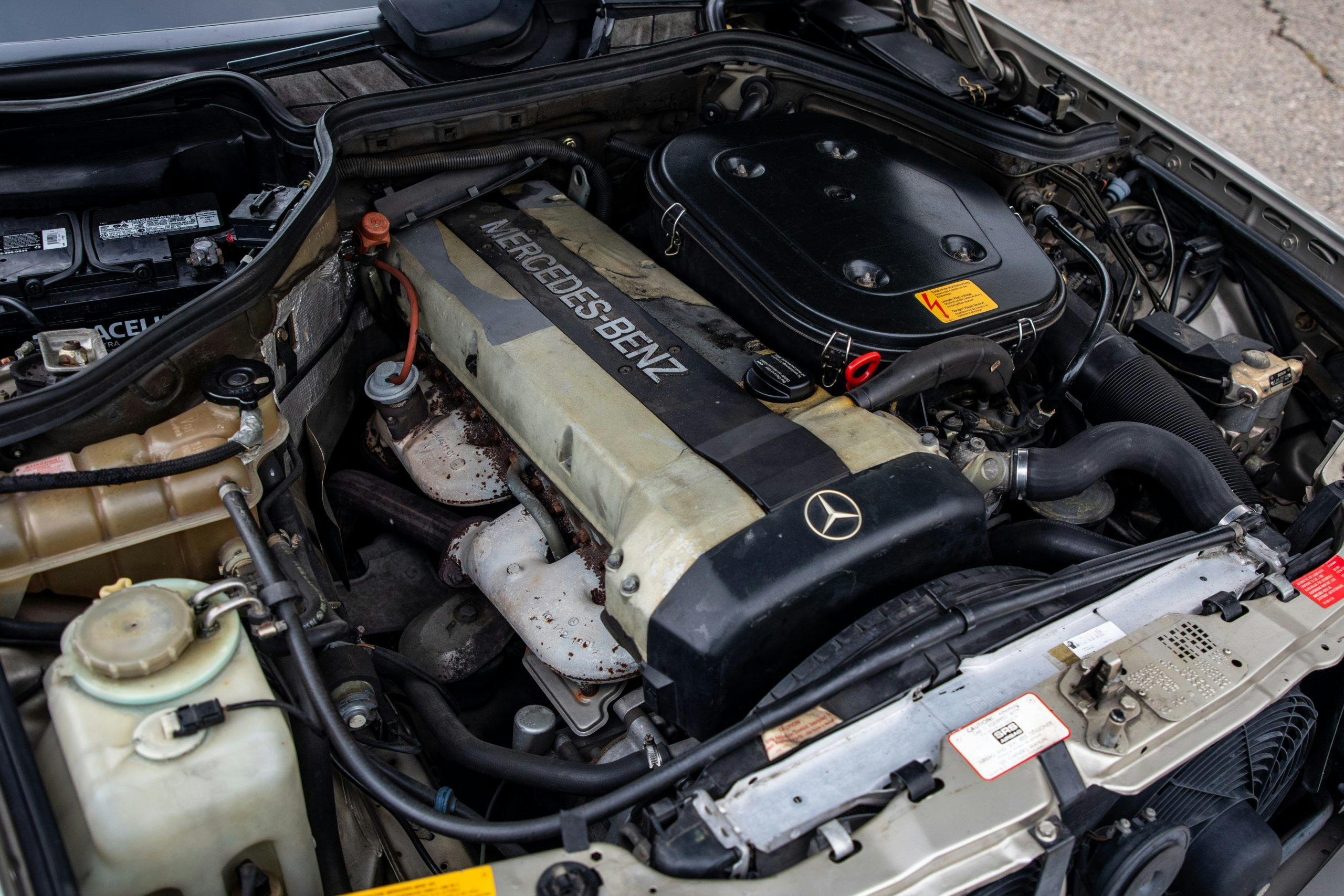
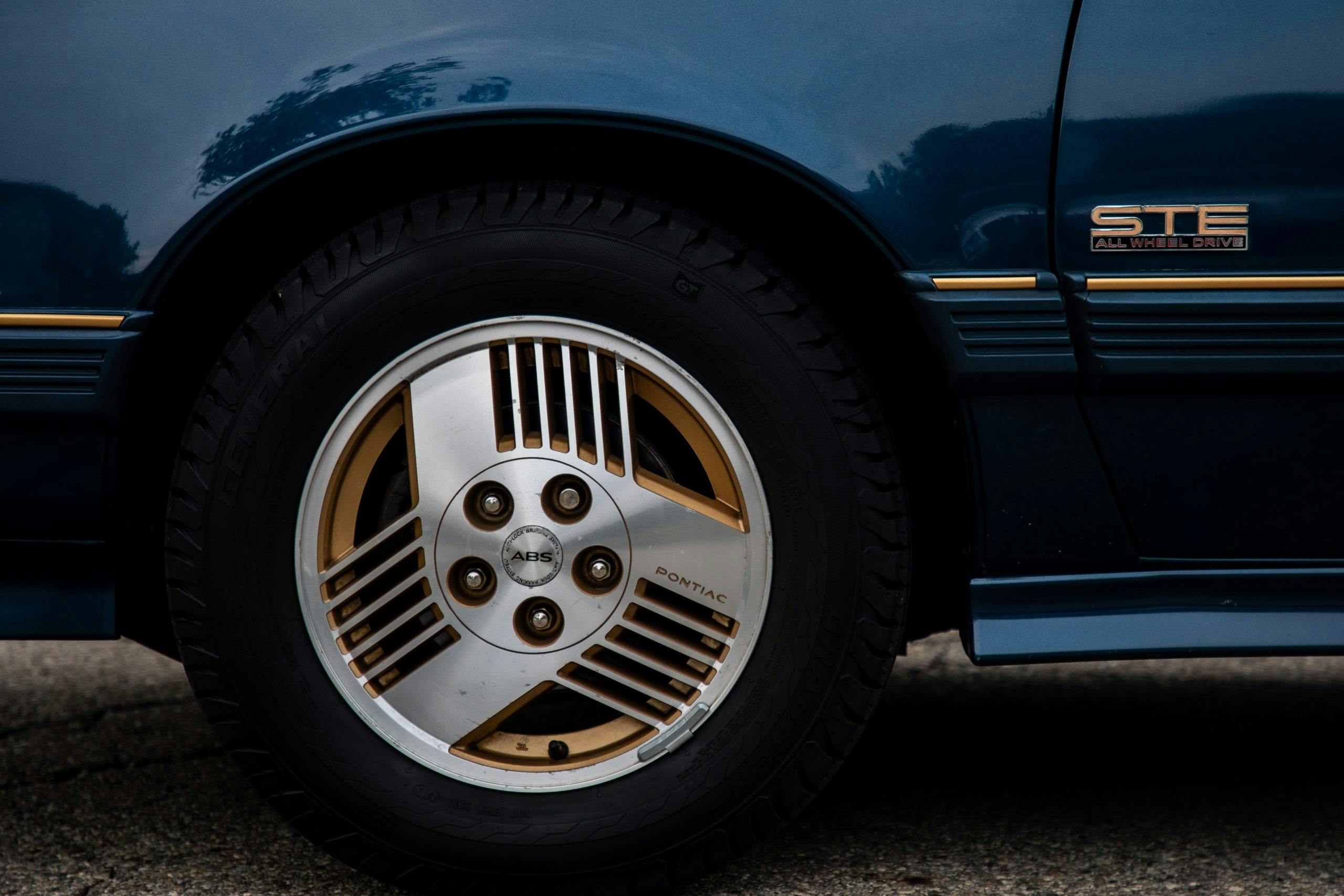


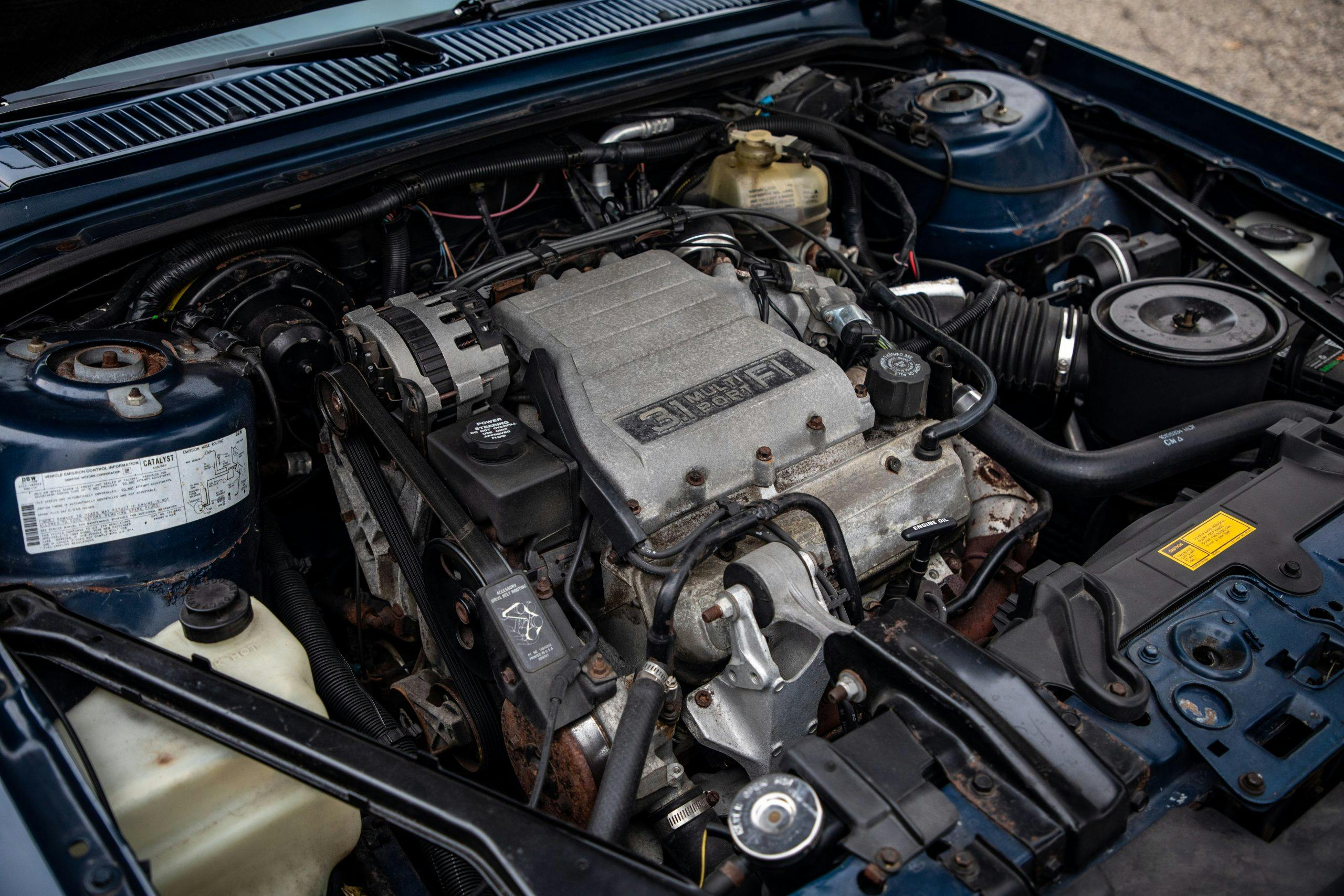

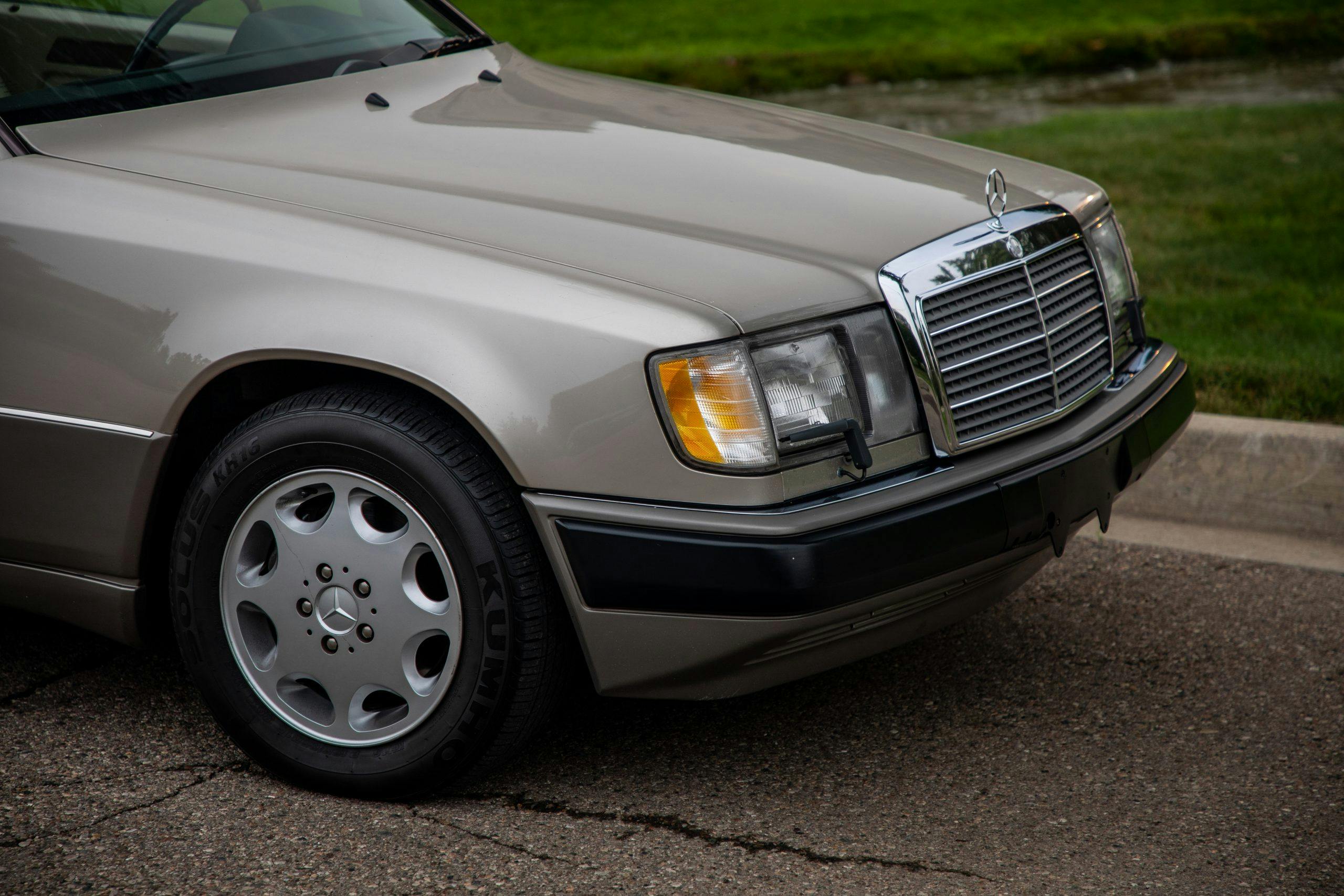

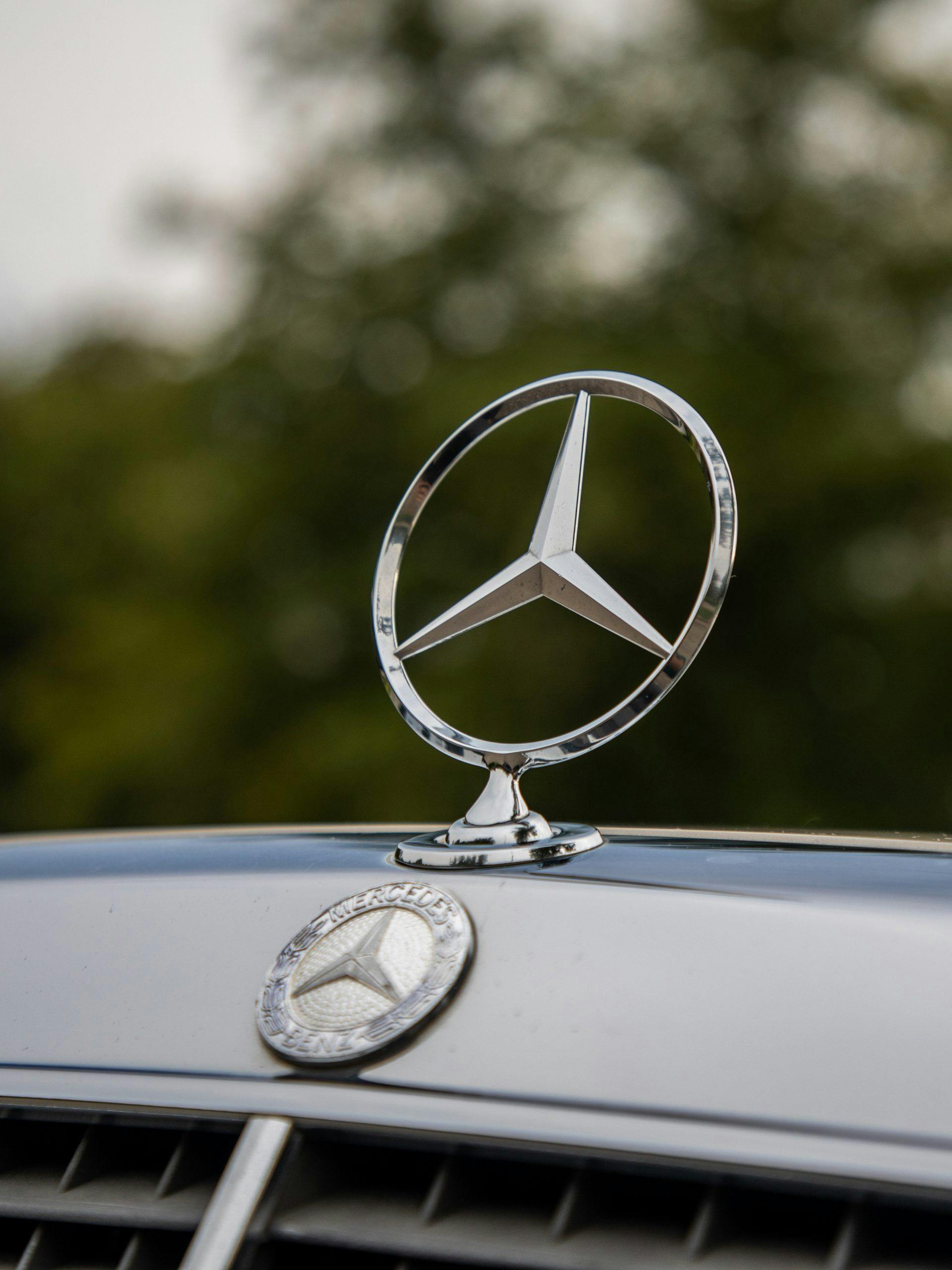

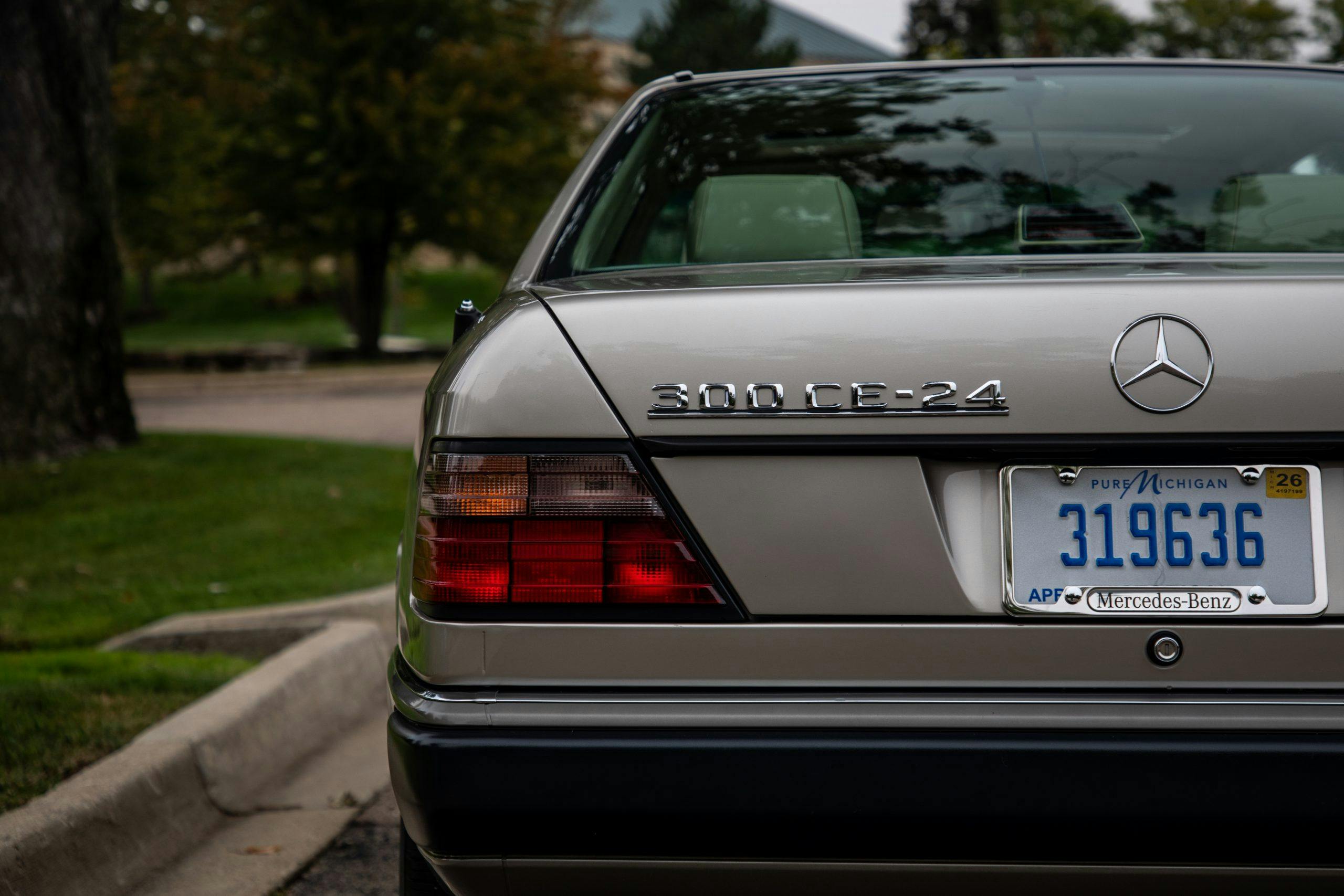
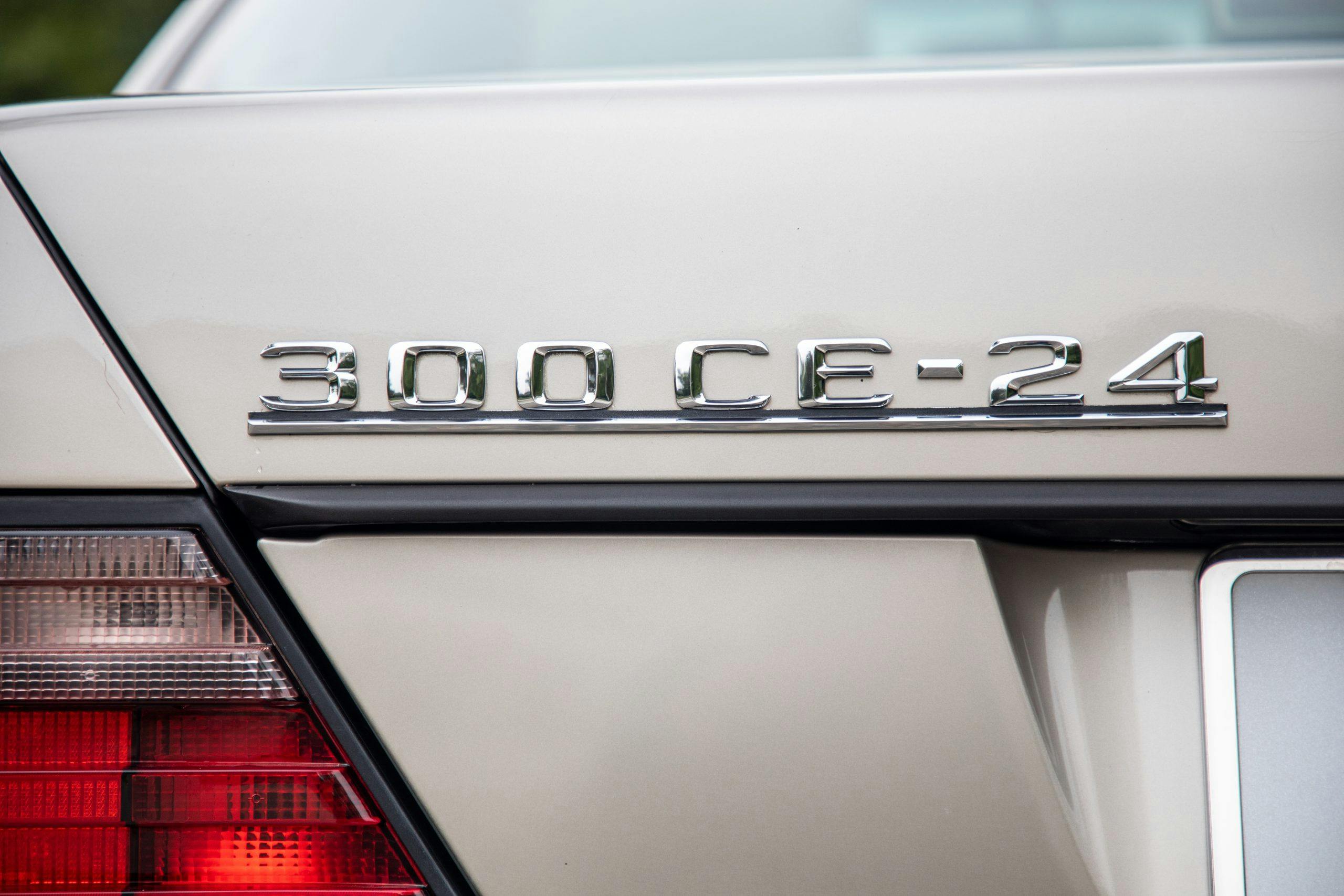
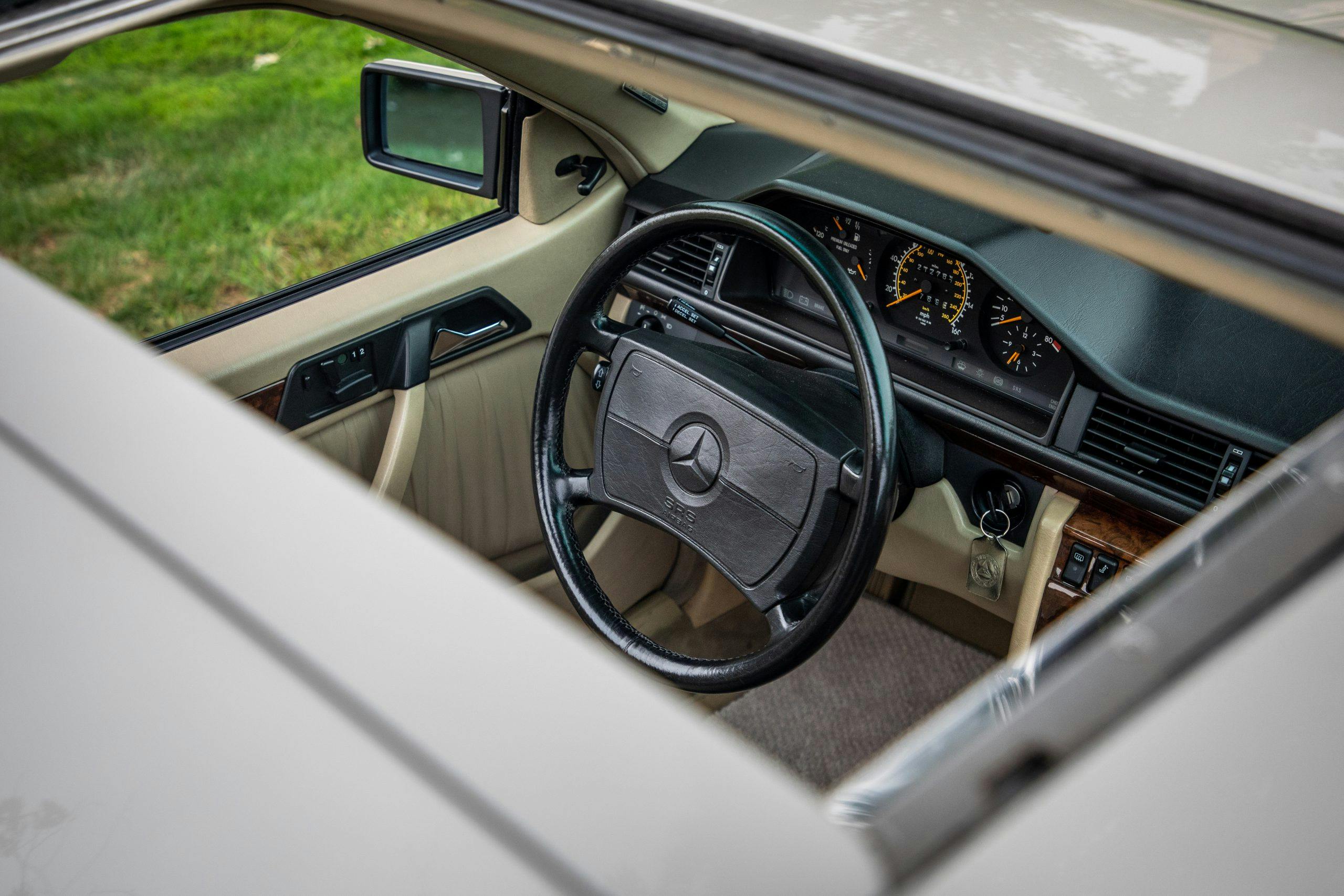
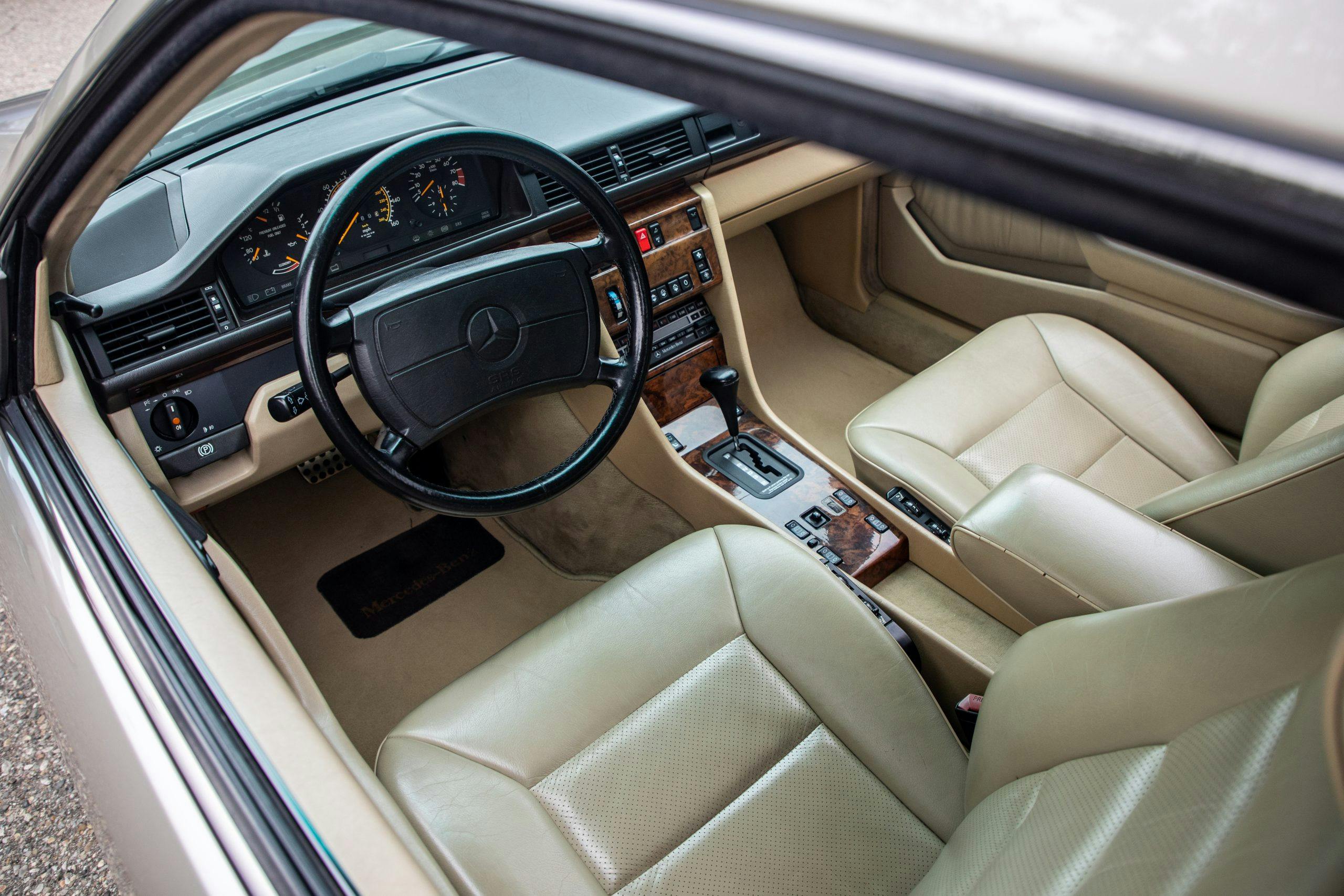
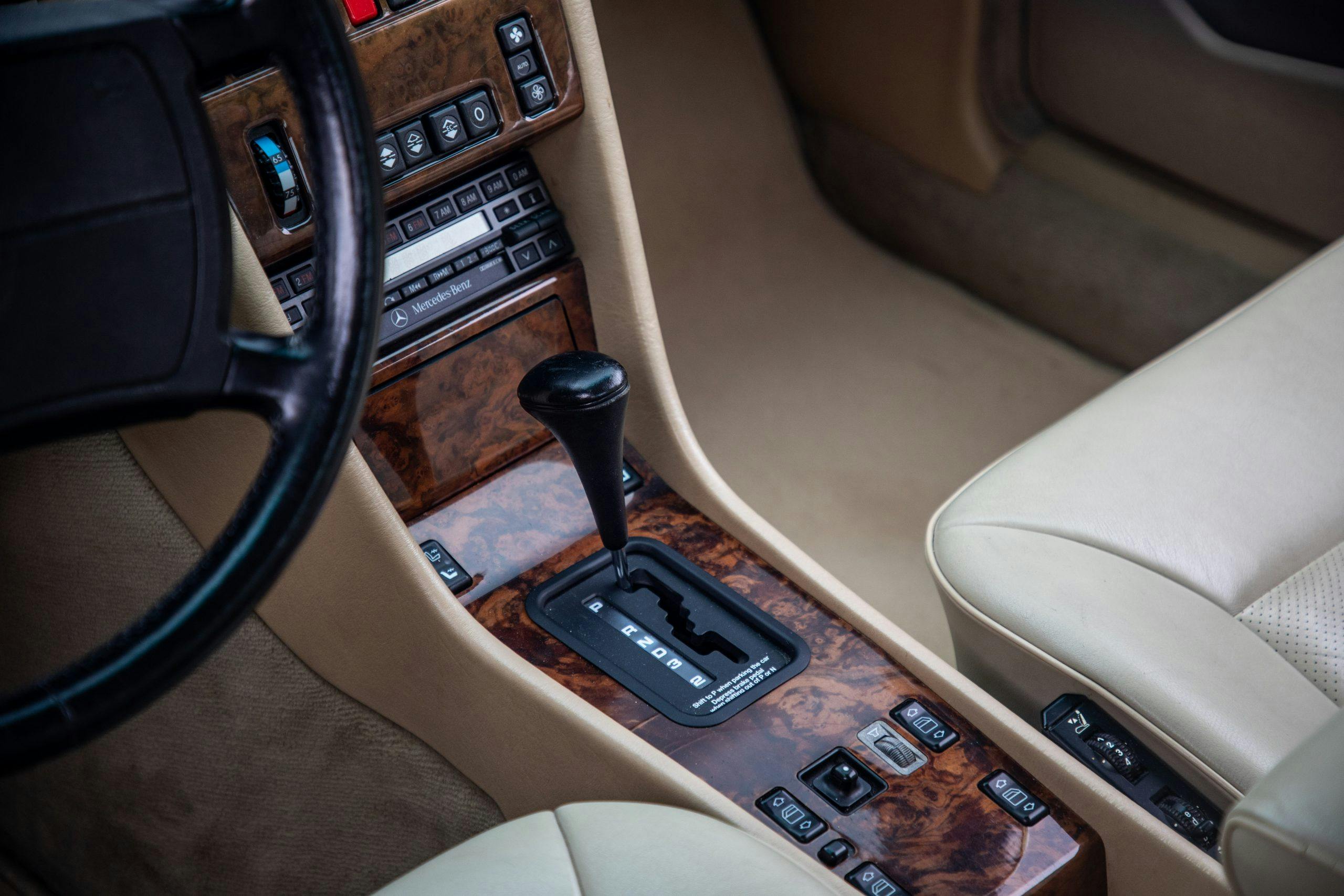

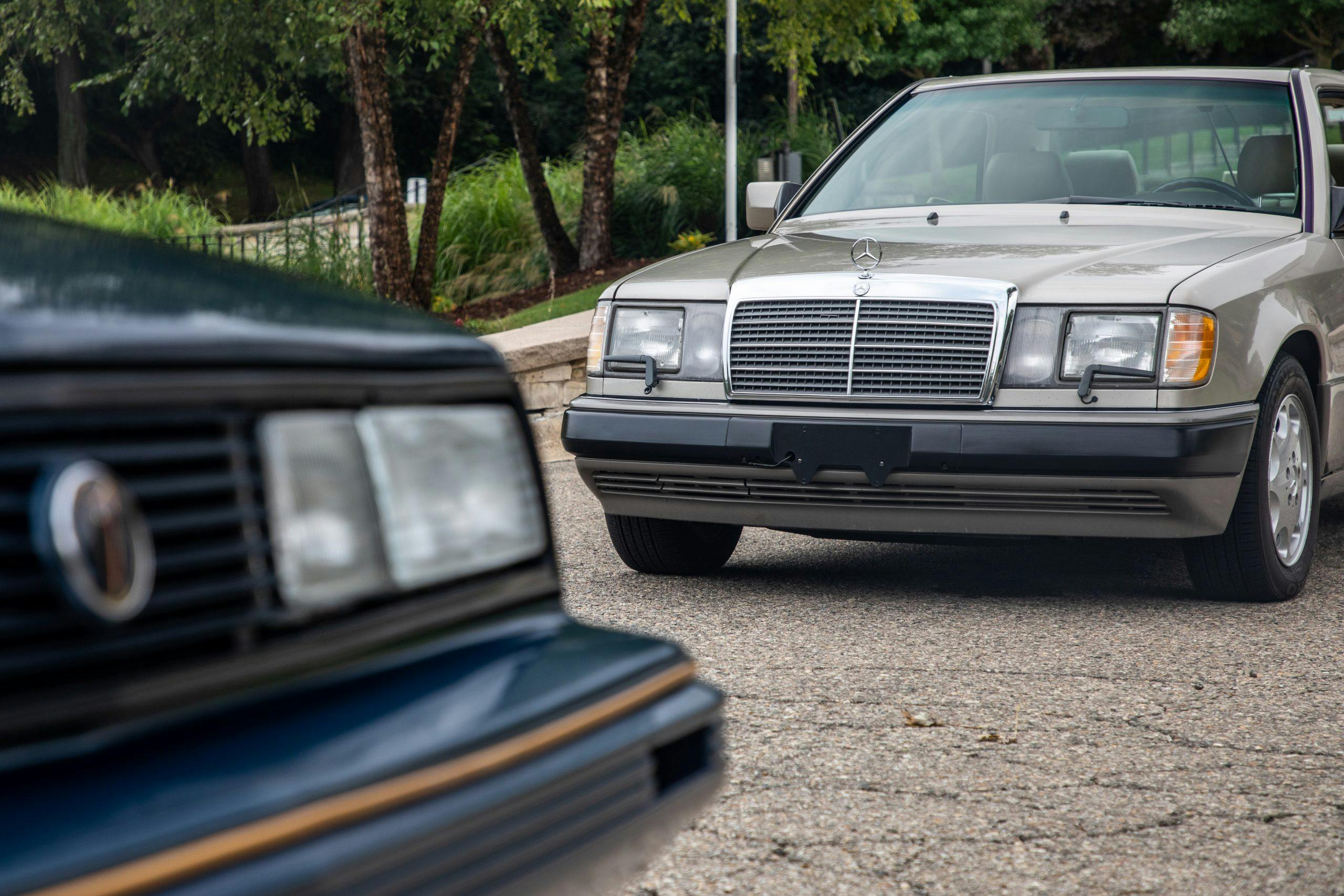
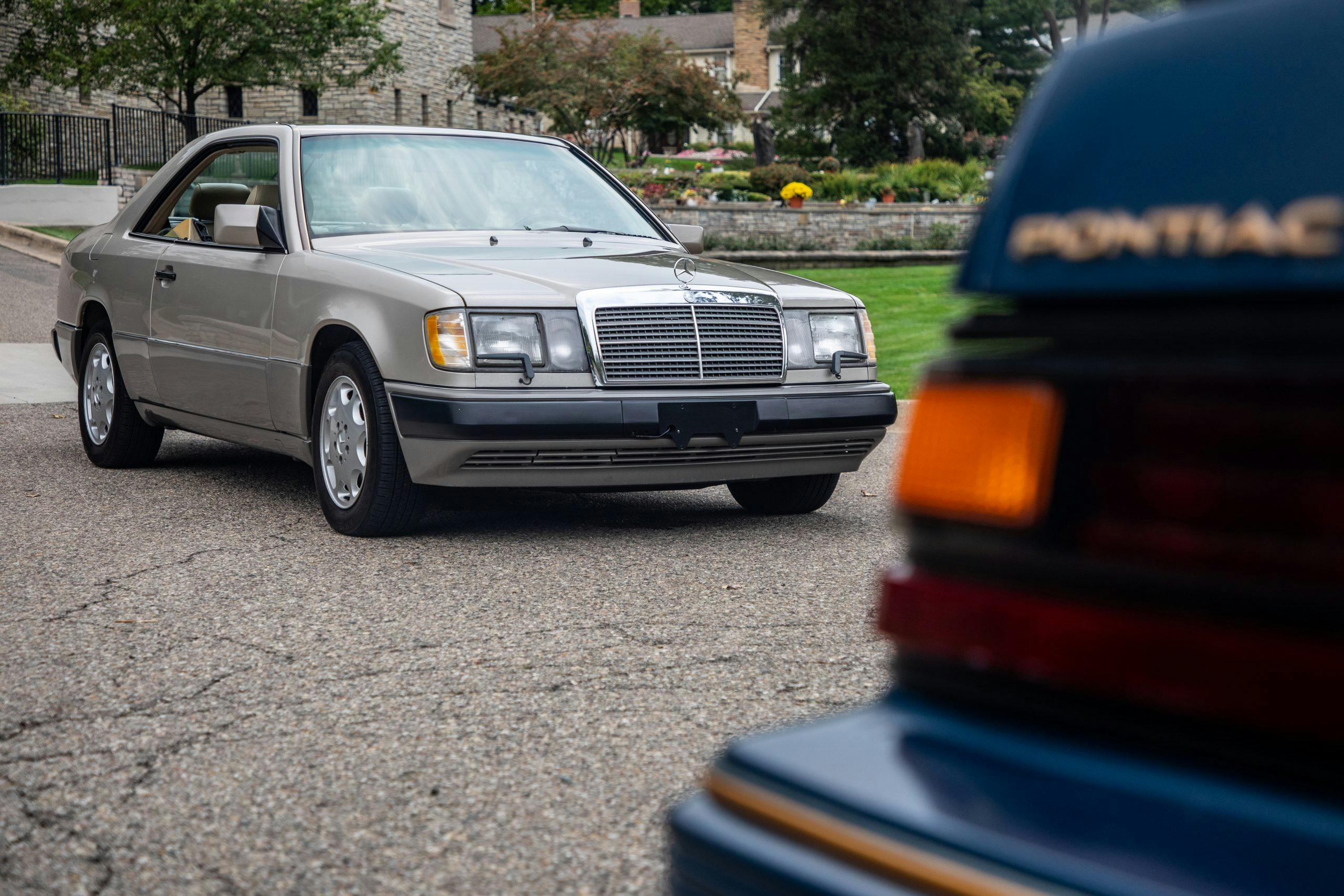
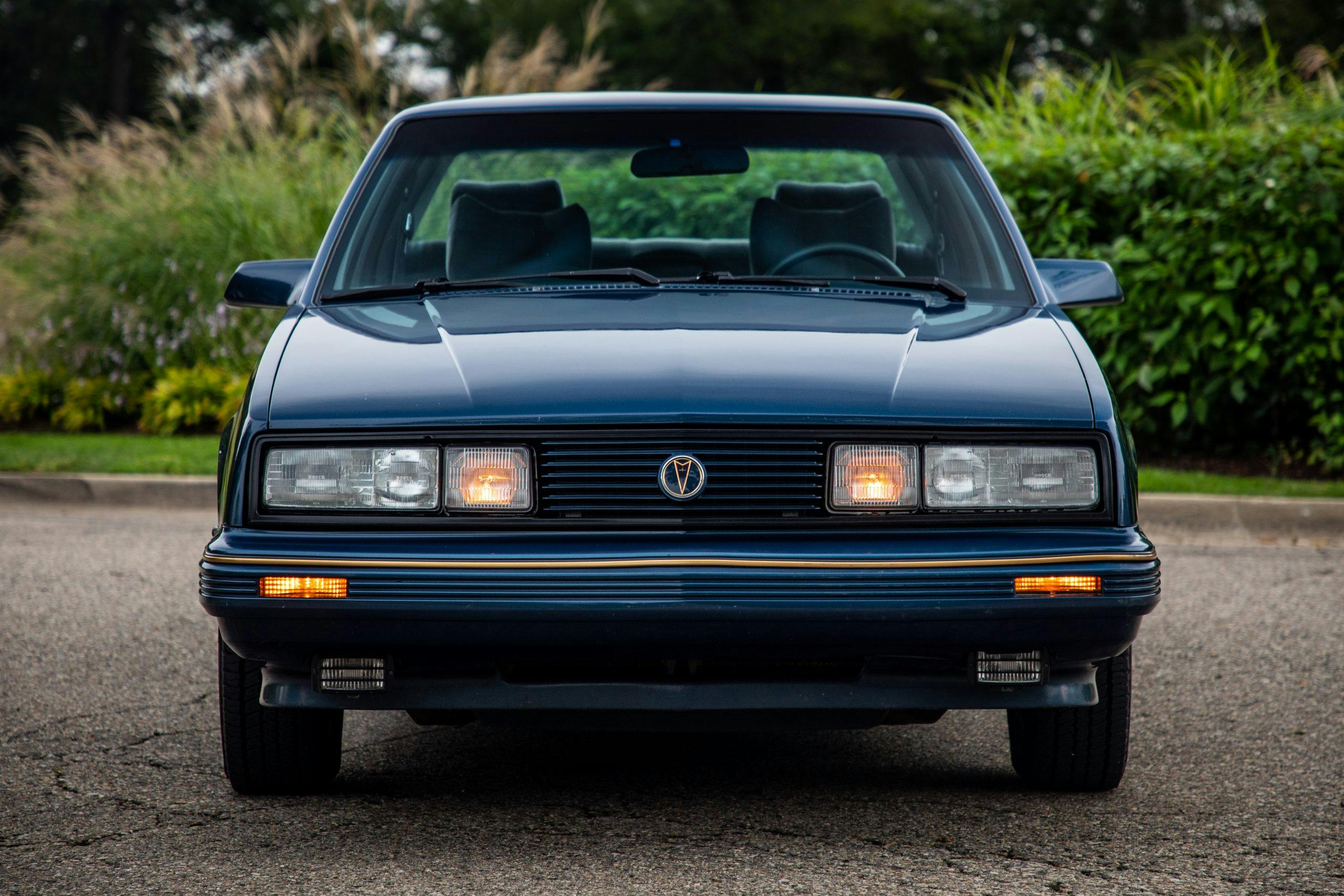

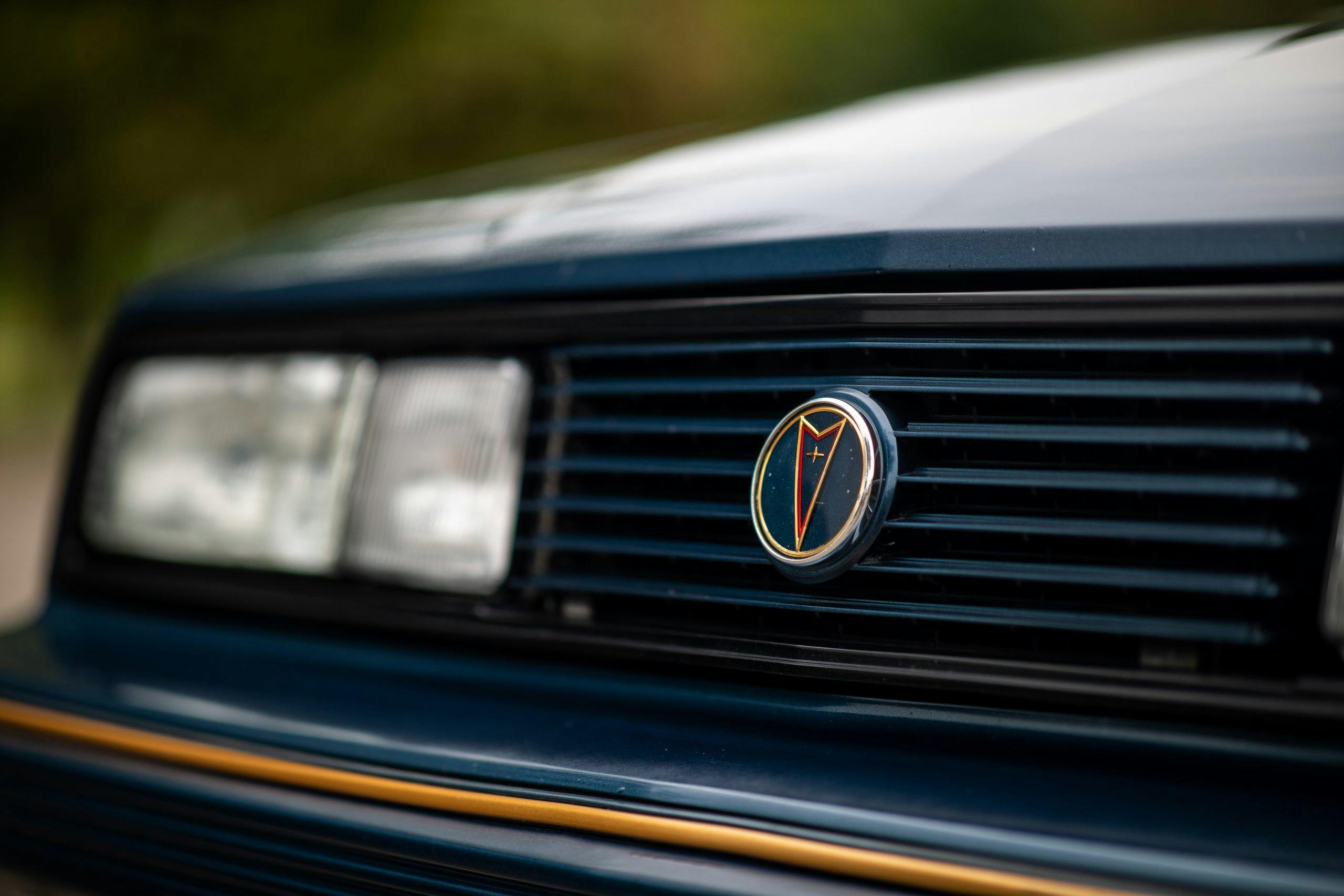
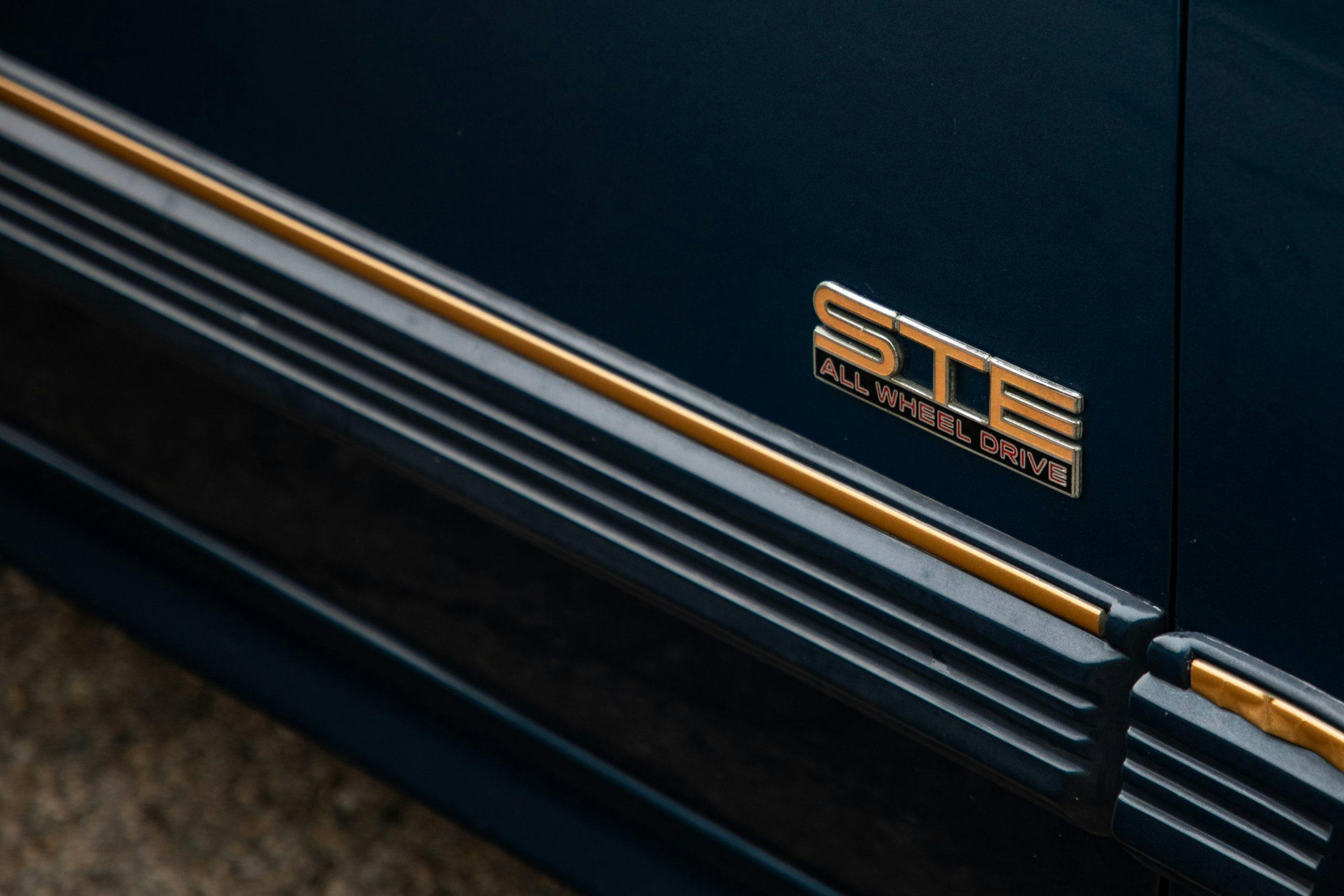
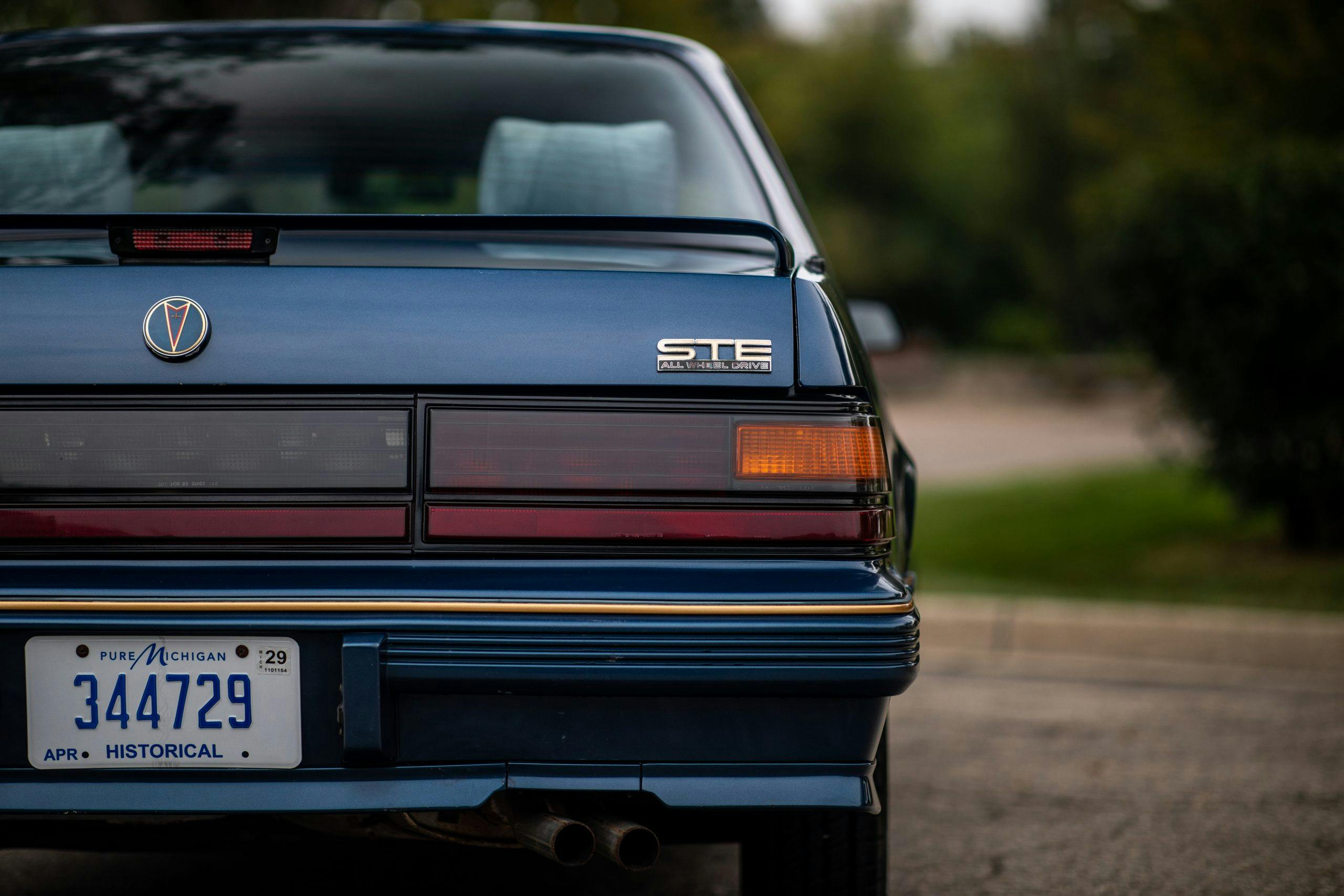

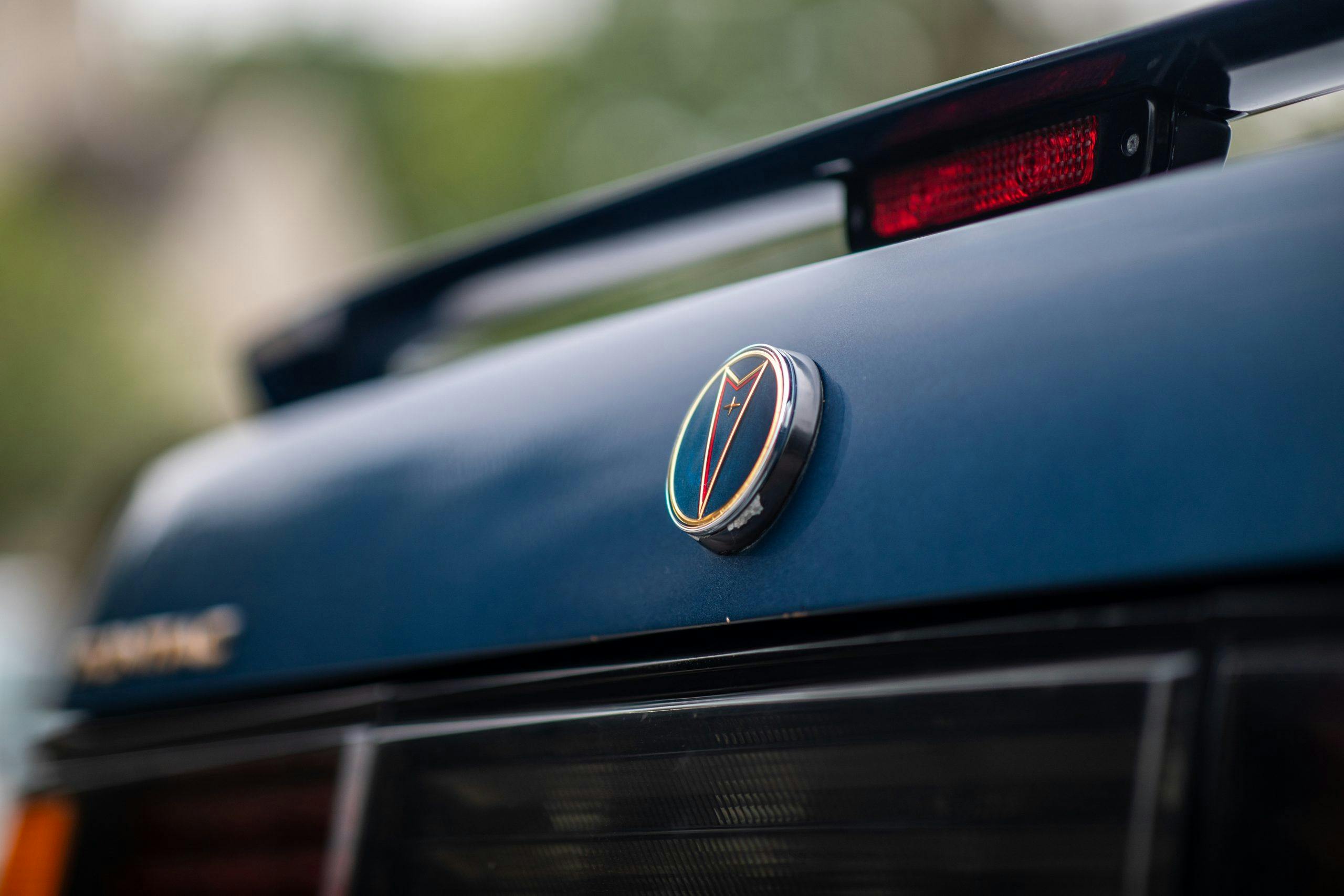
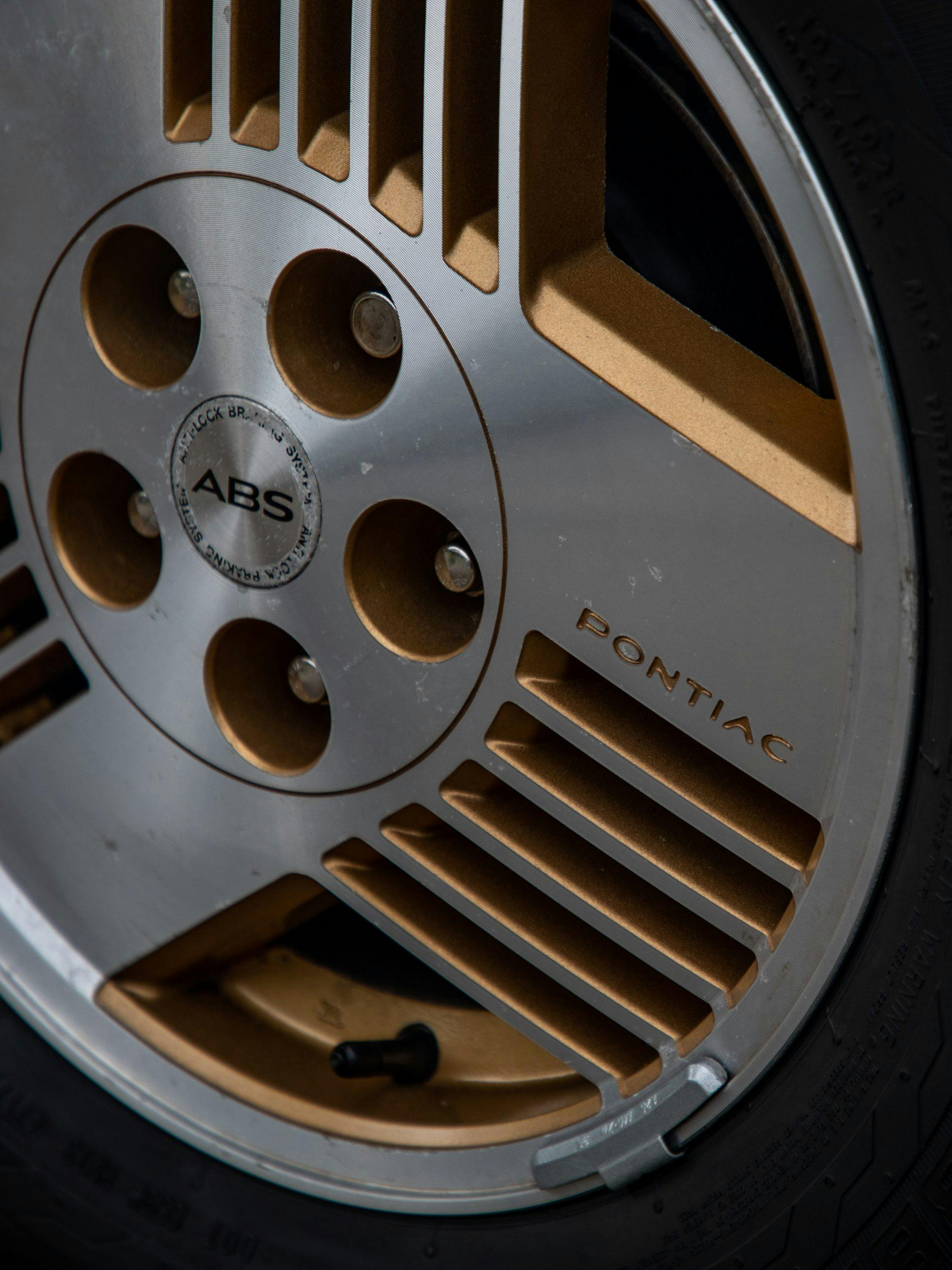
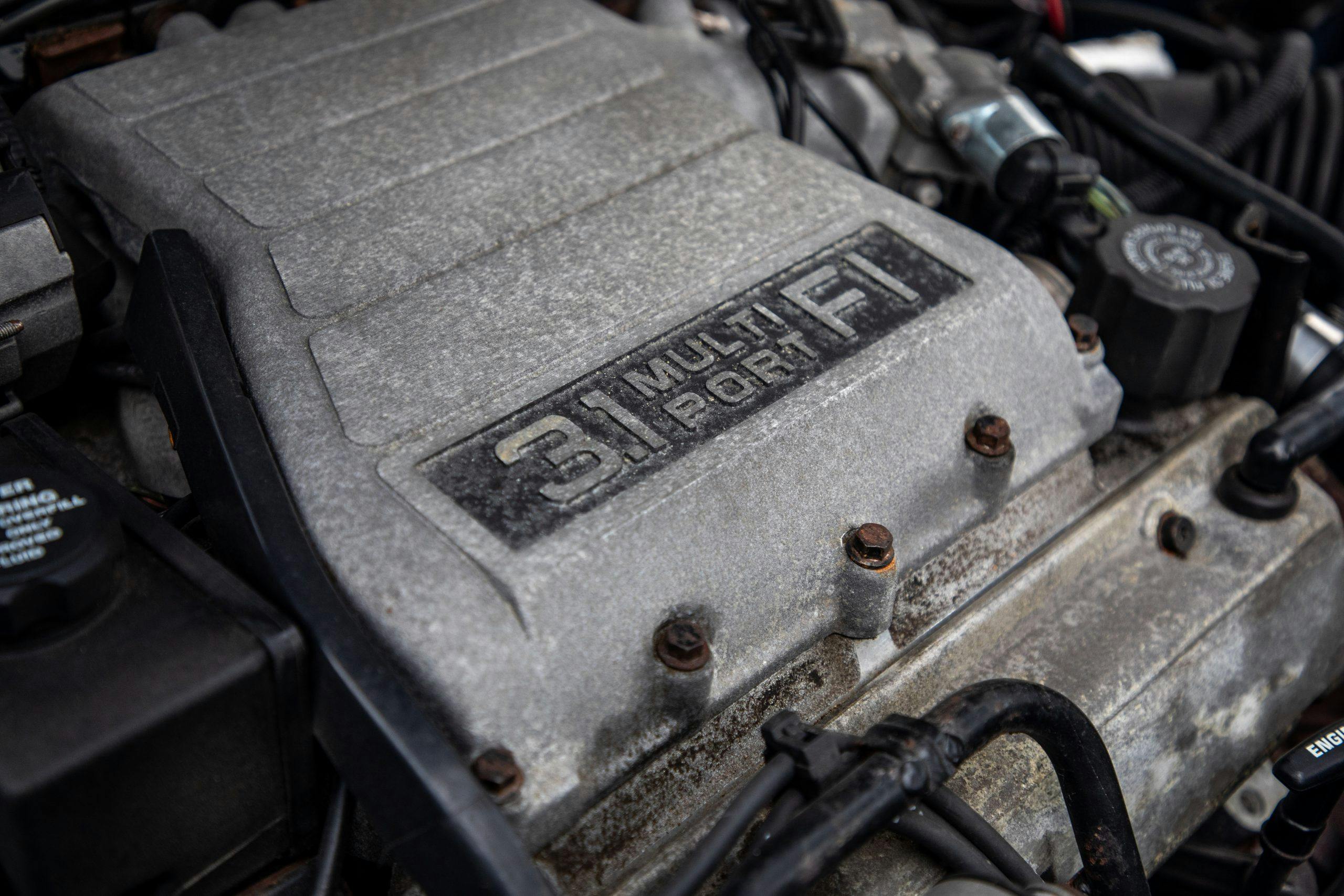


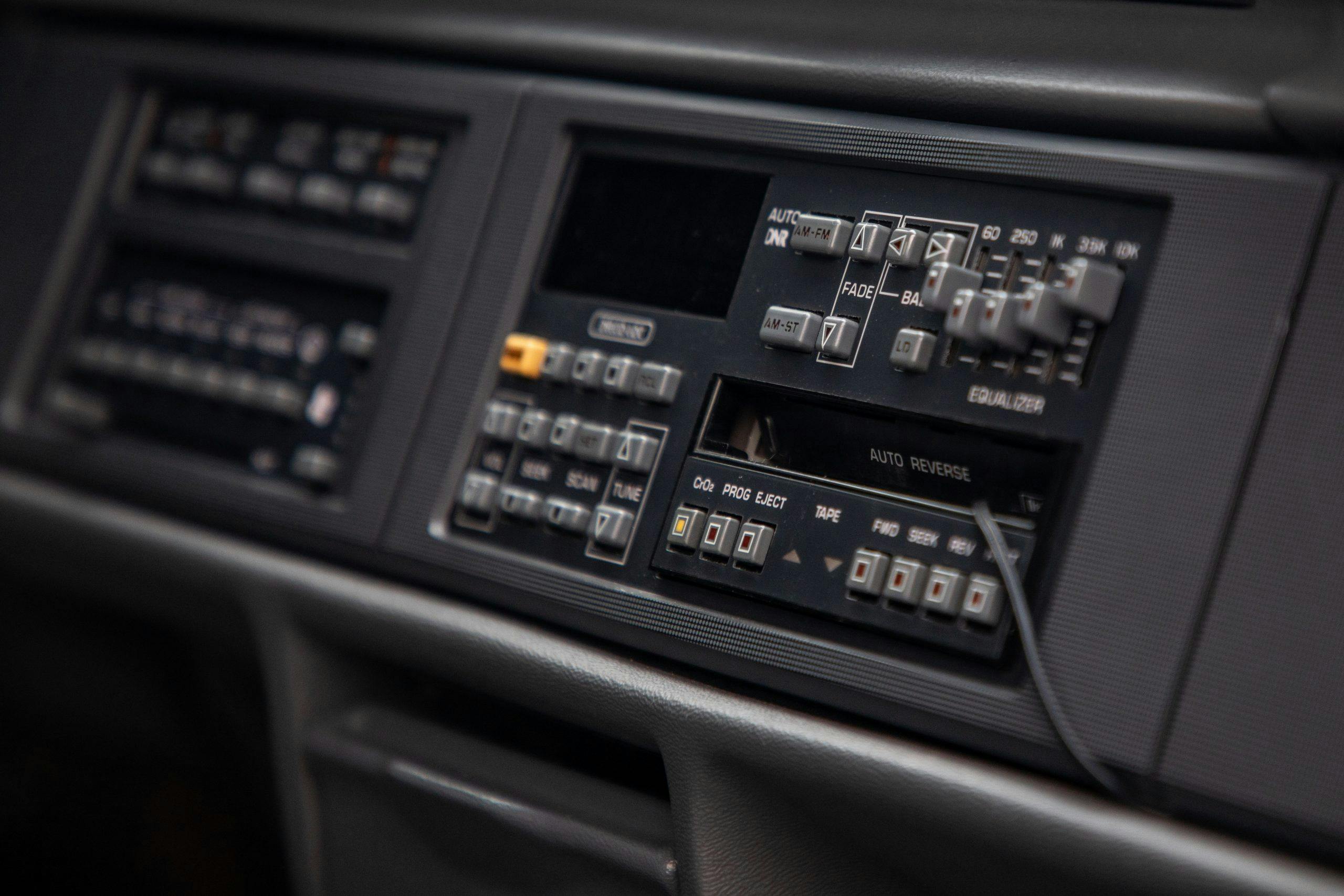
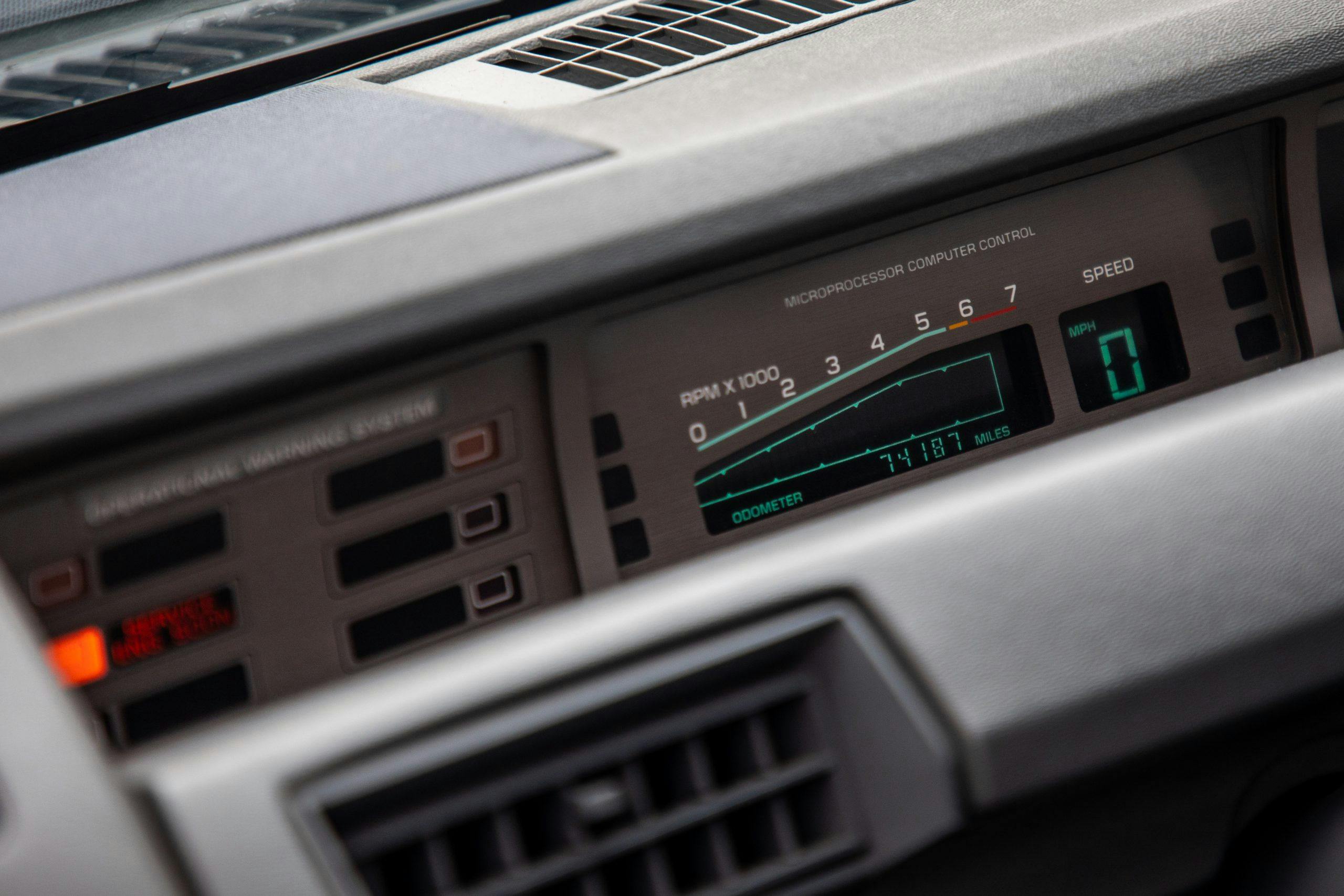
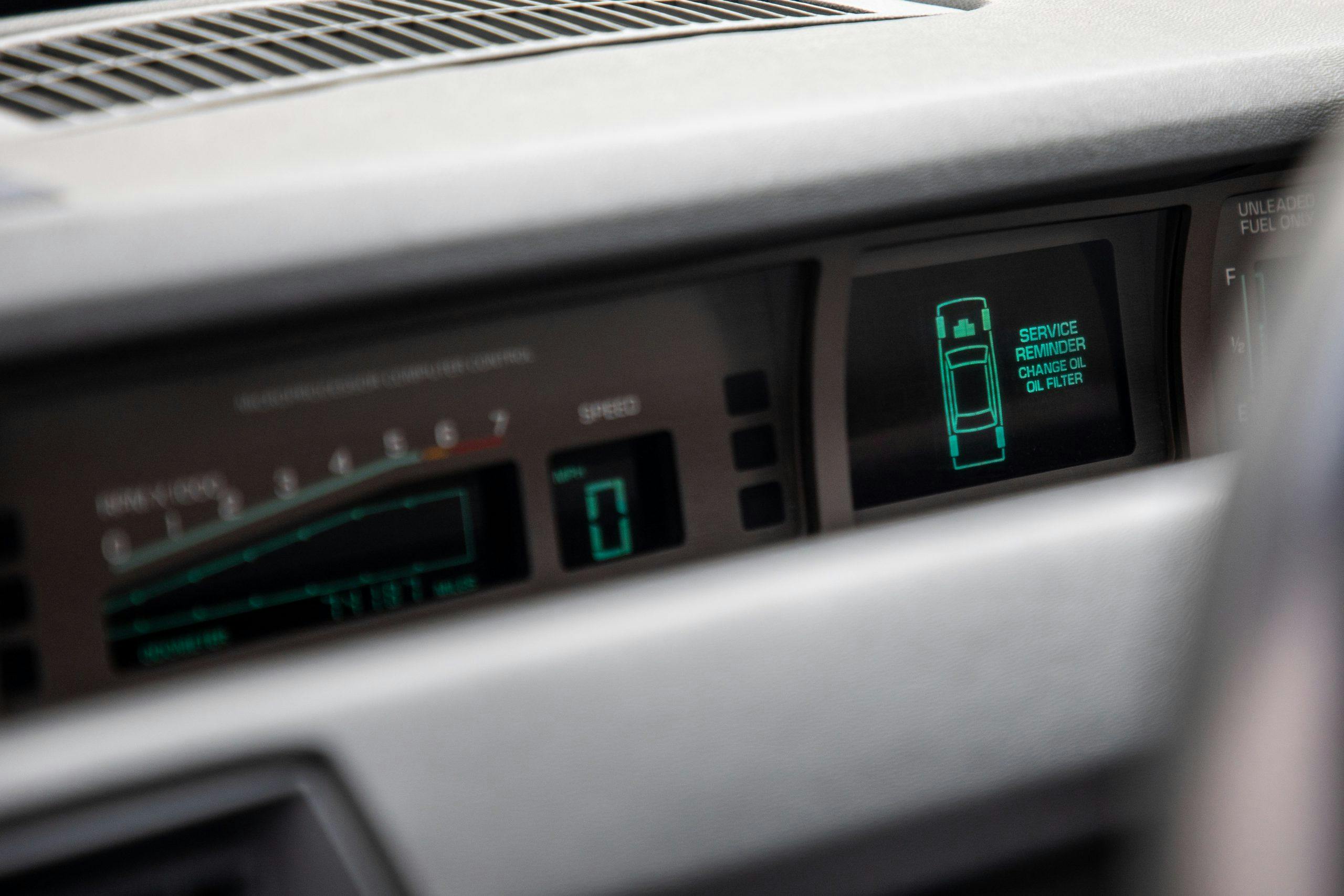


I still drive a 1990 Pontiac 6000 LE. I get several comments on it’s looks, especially from young people.
Folks had an 89 LE in that same deep metallic blue. Would love to find an 89 STE in that colour!
It’s as if I wrote this article. Two of my all-time favorites – for all the reasons you outlined. My first car (in 1992) was this exact color and model STE. I had really wanted to find an ‘88.5 AWD that had the pre-face lift body, which I loved, but those were/are unicorns. At the same time, the contemporary E-Class was the Ultimate (no pun, intended BMW) ‘Automobile’ of the time. Logic and purpose in one flawless machine. They are both on my Top 10 list (along with the Audi 5000CS turbo quattro, which you should add to your collection!